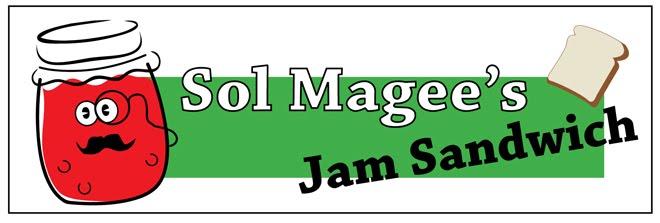
Two balding heads peered curiously beneath the shutters which were lowered to half mast, “What’s going here, huh? What are you doing with our building?” The two men, who used to work in the old Fás offices, start to laugh when they are told they are on the site of the National Leprechaun Museum. "No really, it is", a museum employee insisted. "You’re pulling our legs," the civil servants shot back. After some to and fro, the men were finally convinced of the reality and walked away laughing with a promise to return.
Their reactions, while amusing, are not uncommon. It is most peoples’ first response after hearing a leprechaun museum is opening in Dublin, people instinctively question whether it will pander and perpetuate ludicrous assumptions of Ireland. You know those assumptions we assumed had died - until we saw Leap Year and it was confirmed that crazy Oirish characters are alive and well, and still make phone calls from fifties-style telephone booths rather than mobile phones.
In arranging a visit to the museum, the owner Tom O’Rahilly explained the reasoning behind the museum, “Irish culture is famous the world over – even Walt Disney came to Ireland to look for leprechauns. However, not many know the real stories behind the country’s folklore. We want to take visitors to the heart of Irish identity and imagination, telling the amazing tales that make up Celtic culture and offering some surprises and new experiences along the way."
Perhaps sensing our disbelief we were told that Dáithí Ó hÓgáin, Emeritus Professor of the Dept. Folklore at UCD, acted as the leprechaun consultant for the new venture and that the museum is rooted in folklore. The first room is a traditional museum information room and sets leprechauns in context in terms of popular culture. O’Rahilly guided us, “References to leprechauns date from the early texts of the 8th century, right through to Finian’s Rainbow, Darby O’Gill and The Simpsons. This room places leprechauns in early literature and follows them right through to modern times.”
Next up, we were ushered through an Alice in Wonderland-esque tunnel which plays with perception, leaving you a little disorientated. Beginning at the start of the tunnel, visitors appear larger and larger until they reach the end, which incidentally leaves them at the next room – ‘The Giants Causeway’. Beautifully crafted in wood, walking beneath this causeway is bizarre, but not as bizarre as the next room. ‘The Giant’s House’ lets visitors experience what it is like to be a third the size of humans, in a room with giant chairs, a table, cups and a fireplace. It’s pretty strange and again, messes with proportions and perspective.
O’Rahilly talked us through the remaining chapters; the bronze-clad ‘Inside the Fairy Hill’ is particularly interesting. He explained, “The Neolithic sites are very important in the history of mythology, these sites were home to the mythical beings of Ireland. We’re going to take you inside the fairy hill. We’re going to take you inside those sites and what we imagine they were like.”
Concentrating more so on folklore and Irish history, the leprechaun museum aims to use experience and feeling to tell stories - it even boasts an almost touchable 30lb crock of gold. It is unavoidable that The Leprechaun Museum will be sniggered at. But if you manage to get past the preconceptions , you might find a museum rooted in folklore, rather than paddywhackery.
Two pieces of advice for visitors; it’s pretty disorientating so recall that swimming advice and don’t visit until at least one hour after eating. Also don’t drop your souvenir coin in the fare box on Dublin Bus. You will be devastated.
The National Leprechaun Museum is situated right at the Jervis Street Luas stop.
Admission: €10 for adults, €7 for children/concession, family entry (two adults, two children) €27. A €10 ticket includes a souvenir leprechaun coin which can be kept or redeemed in the museum shop/café to the value of €3. See more at: www.leprechaunmuseum.ie

No comments:
Post a Comment